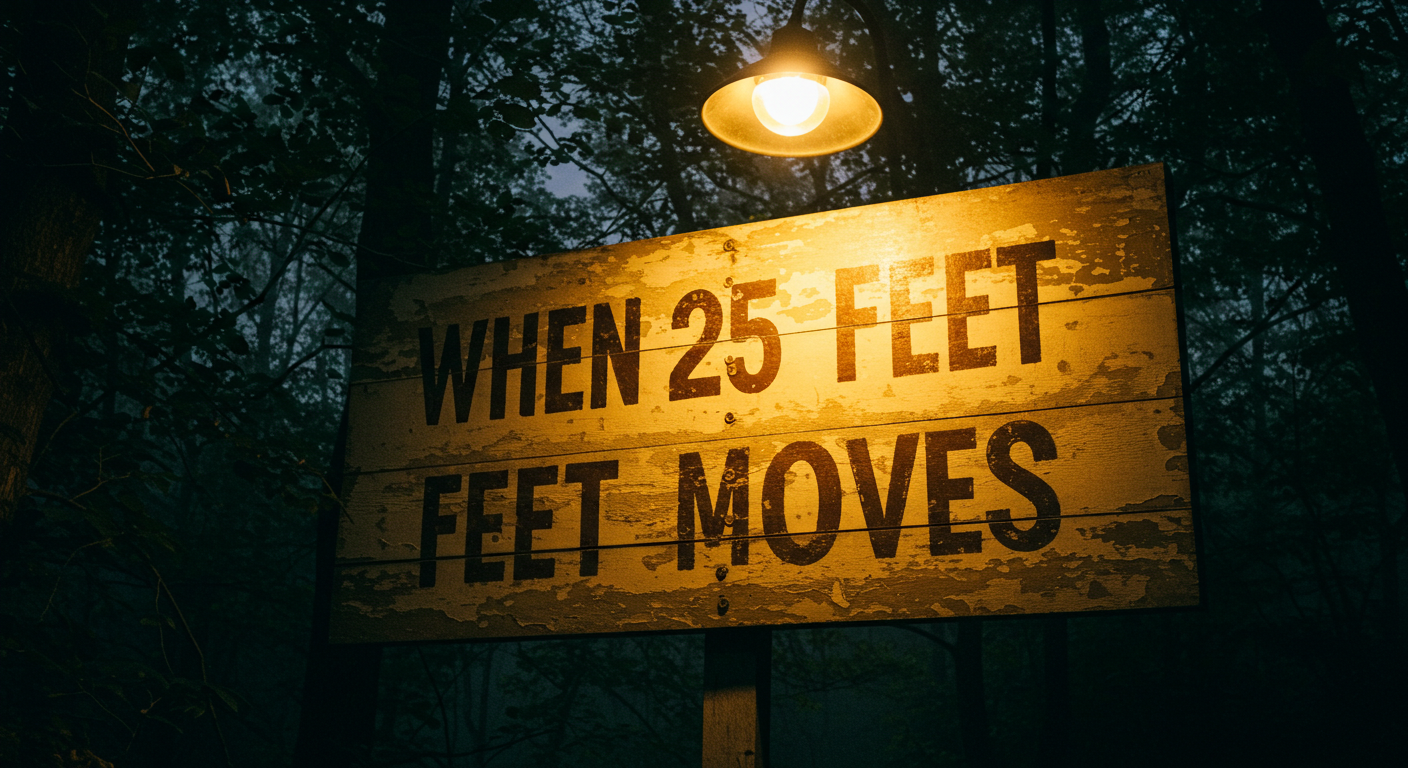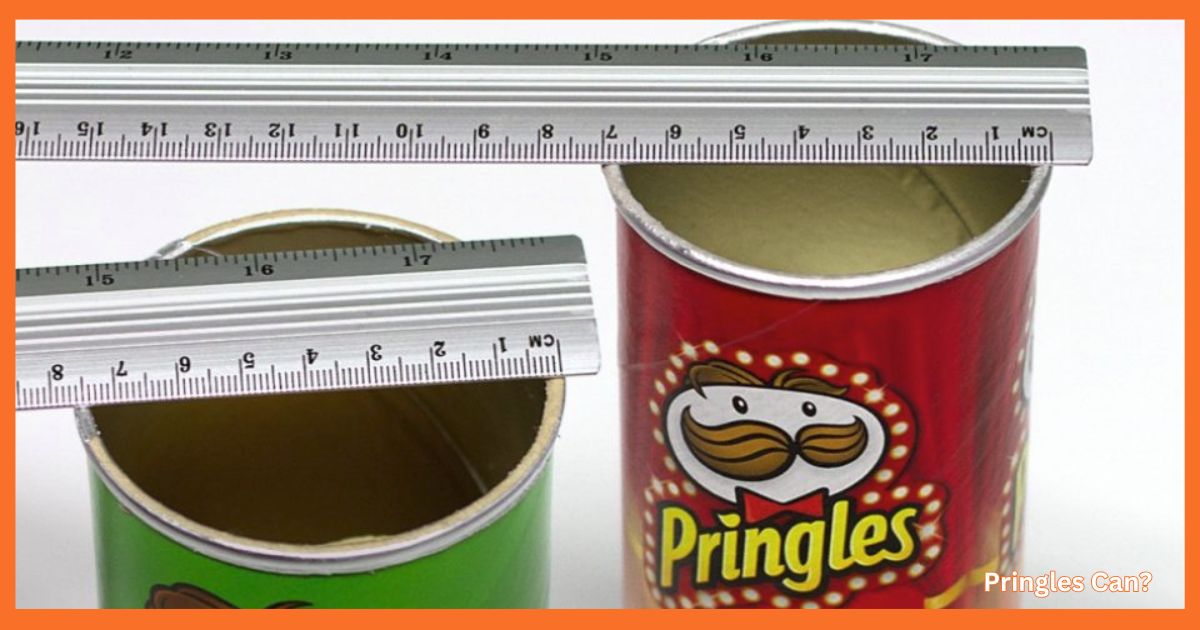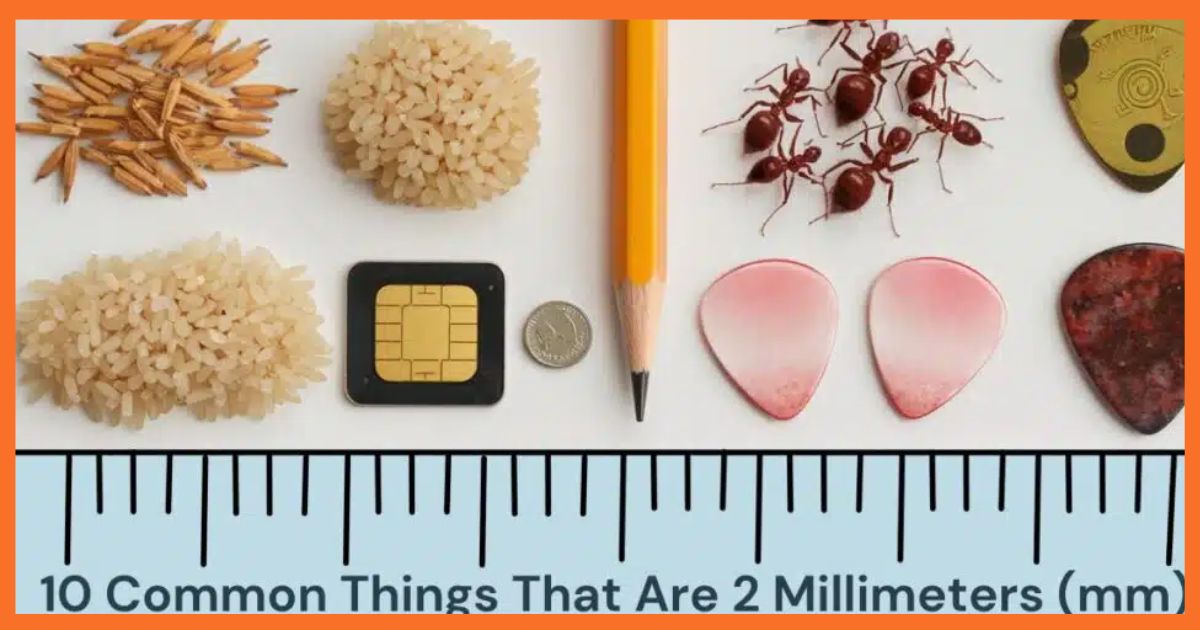Some days, the mind just wants to measure the world. Not in inches and centimeters, but in the kind of units that make you stop and feel the size of things. Like, have you ever stared at a park bench and thought, “Hmm, if I lined up eight of you, that’s probably the size of a whale—or a moving truck—or, heck, a full-on stage backdrop”? If not, you’re in for a weirdly delightful journey today.
We’re gonna dive deep into what exactly is 25 feet long, or big—or somewhere around there. And lemme tell ya, it’s a heck of a lot more interesting than just “it’s like two and a half sedans back-to-back.” Nope. We’re going full theater curtains, warehouse walls, Hollywood glitz, and backyard barbecue logistics here.
And listen, we’re not gonna talk about it like robots. No sterile bullet lists here. We’re gonna ramble a bit. We’ll be a lil’ messy with our grammar, just like real folks talking about real stuff. Welcome to the human-sized world of 25 feet, aka 7.6 meters, aka “huh, that’s bigger than I thought.”
The Human Struggle with Spatial Perception
Let’s just say it straight: most of us are kinda terrible at visualizing dimensions. Like, someone says, “this thing is 300 inches long,” and our brain just nods like it understands. But it doesn’t. Not really.
The human brain, bless it, doesn’t naturally speak in length measurement entities like 25 feet or 22.5 feet unless it’s comparing something to a couch or a car. That’s why we gotta tether numbers to things we know.
So this whole post? It’s basically a reality check for all of us trying to understand how big something actually is. If you’ve ever tried to plan patio furniture layout and ended up with a table that could host a Shakespearean troupe, you’re in the right place.
Home & Residential Contexts: Domestic Giants at 25 Feet
25 feet inside your home? That’s not just furniture—it’s a statement. It’s a wall-to-wall sofa for people who like to nap horizontally with ambition.
Here’s where this kinda size shows up in and around the home:
- Two-story house height. Not the tallest out there, but your average two-floor home? From lawn to rooftop: about 25 feet tall. This makes it a perfect reference when you’re trying to size up outdoor decorations and wondering if your drone flight will make it past the gutters.
- Garden hose stretched flat. A standard home hose is about 50 feet, so cut that mental noodle in half and there you go—25 feet of watering a garden, spraying kids in summer, or threatening raccoons.
- Long beds in weird hotels. Some of those luxe honeymoon suites or dorm-style retreats have connected bunk beds or platform beds that stretch—yep—25 feet across. Why? Honestly, no clue. Vibes?
- Three refrigerators laid side by side. Sounds ridiculous till you’re trying to move into an old city apartment and realize your massive fridge is the length of the hallway.
- Patio width on modern homes. Spacious enough to fit a BBQ grill, six chairs, a table, and that uncle who always complains it’s too hot.
- Ladder reach for home repairs. Most standard extension ladders go up to 24-26 feet, just perfect to get to the gutters and regret every life decision made while balancing a paint can.
Transportation & Warehouse Dimensions: When 25 Feet Moves You

If you’re working in supply chain or logistics, the number 25 feet shows up more than you think—and it matters. We’re talking semi trailer sizing, freight planning, and even the majestic art of parking cars without rage-crying.
Here’s what makes the cut:
- Half of a semi trailer. A full one is about 53 feet, so 26.5 feet gets you halfway across that behemoth. Close enough, right?
- Parking space for two small cars. The average parking spot is about 16-18 feet, but you stack ’em creatively and you’re hitting that 25-foot mark. Urban planning gets weird sometimes.
- Warehouse aisle width. In many distribution centers, aisles are designed to accommodate forklifts, pallets, and the occasional panic. 25 feet is right in the sweet spot.
- Delivery truck length. Not the monster 18-wheelers, but your friendly neighborhood box truck? That’s often 25 feet bumper to bumper.
- Stage backdrop transport crates. Those large panels used in concerts, festivals, or set design? Folded up, they’re hauled in 25-foot containers—why? Standardization. Also, drama.
Entertainment, Theater, and Concert Realities
Stage stuff is huge. It has to be. You’re not impressing anyone with a 10-foot curtain in an arena. In visual storytelling and theater production, size is spectacle.
- Stage backdrops for medium-sized theater productions often come in sections about 25 feet wide. That’s enough to span the performance space and still roll up without too much chaos.
- LED wall installations at music events. For the mid-budget shows (not Beyoncé-level), 25 feet wide screens give that IMAX-meets-lasers feel.
- Temporary stage platforms. Modular stages used in festivals or pop-up concerts often use 5×5 ft panels. You get five across, bam—25 feet.
- Concert speaker stacks. Vertically or horizontally arranged, full rigs can span 25 feet for proper crowd coverage.
And if you’ve ever worked behind the curtain, you know—moving these monsters ain’t easy. A crew, a late night, and probably someone’s coffee ends up inside a light fixture.
Read This Blog: https://mozydash.com/how-is-50-feet-long/
Public Spaces & Urban Planning Dimensions
Here’s where 25 feet starts popping up in places you don’t even notice: parks, city layouts, and sneaky bits of urban infrastructure.
- Park benches… lots of ’em. One standard park bench is about 6 feet. So about 4 benches end-to-end is roughly 24 feet—you get a row of reflection, flirting teenagers, and tired joggers.
- Half of a basketball court width. A full court is 50 feet wide. So you’re looking at 25 feet from one sideline to halfway across—perfect for imagining your missed layups.
- Road lane pairings. A single lane is about 12 feet wide. Two of ’em? Boom, 24 feet, which is pretty much 25 feet in the world of traffic flow planning.
- Visual art installations in public squares. You’d be amazed how many modern sculptures or fountains are designed to take up a clean 25-foot diameter. Urban design loves symmetry and round numbers.
The Glamorous World of Hollywood Sizing
Ever looked up at the Hollywood Sign and gone, “How big are those letters, anyway?” Well, each one’s a stunning 45 feet tall, so 25 feet? That’s about half of one letter. That means the “H” alone could fit a two-story house inside it.
So next time someone says they need something “Hollywood-sized,” just smile and hand ‘em a ladder and some serious spatial understanding.
Fun fact: in Los Angeles, it’s illegal to touch the sign, climb the sign, or take drone footage near it without permits. Why? ‘Cause everything in LA is bigger and more dramatic than it needs to be.
Iconic Architecture: When 25 Feet is Just the Beginning

Let’s end with something grand. Real city planning uses 25 feet as a base unit for thinking about public installations and historical structures.
Take the Chicago Water Tower, for example. This beaut stands 154 feet tall. Divide that by 6, and you’re close to 25 feet—so you could stack six massive shipping crates on top of each other and still not reach the top. Humbling, no?
It’s in Chicago that you really feel how the old meets the functional—where height and residential planning sometimes mix with weird corners and taller-than-you-remember ceilings.
How to Wrap Your Head Around 25 Feet (Without a Ruler)
We all live in a world built by measurements, but rarely feel them. Next time you hear 25 feet, don’t just nod. Picture:
- 4 refrigerators lying like fallen dominoes
- 2.5 cars parked bumper to bumper
- A basketball court sliced right down the width
- Half of a Hollywood sign letter’s epic shadow
When you’re flying a drone, arranging furniture, or planning events—whether it’s a backyard movie night or a full-on concert—remember: 25 feet isn’t just a number. It’s space. It’s freedom. It’s sometimes even regret, especially if you’re the one dragging 25 feet of tangled garden hose across the lawn.
Frequently Asked Questions
how far is 25 feet
25 feet is roughly the length of two cars parked end-to-end. It’s about 7.62 meters in metric units.
how long is 25 ft
25 feet is equal to 300 inches or about 8.3 yards. It’s about the length of a standard moving truck.
how long is 25 feet
25 feet stretches slightly more than half the length of a standard school bus. It’s a notable length for small rooms or backyards.
how tall is 25 feet
25 feet tall is roughly the height of a 2 to 3-story building. It’s taller than most telephone poles.
25 feet visualized
Imagine a full-grown giraffe or a two-story house — that’s about 25 feet in height or length.
Before You Go
If you’re designing, planning, or dreaming big—here’s how to take this knowledge further:
- Use common object size references to help clients, friends, or your own dang brain picture dimensions
- Sketch it out using furniture layout apps or just tape it out with chalk on your driveway
- Ask your city council or planner about standard residential height limits—they often start around 25 feet
- Share this article with that one friend who’s always “eye-balling it”
Got a weird way you remember sizes? Or a thing that’s exactly 25 feet in your life? Leave a comment. Seriously, let’s turn measurement into memory.

Rober max seo expert



